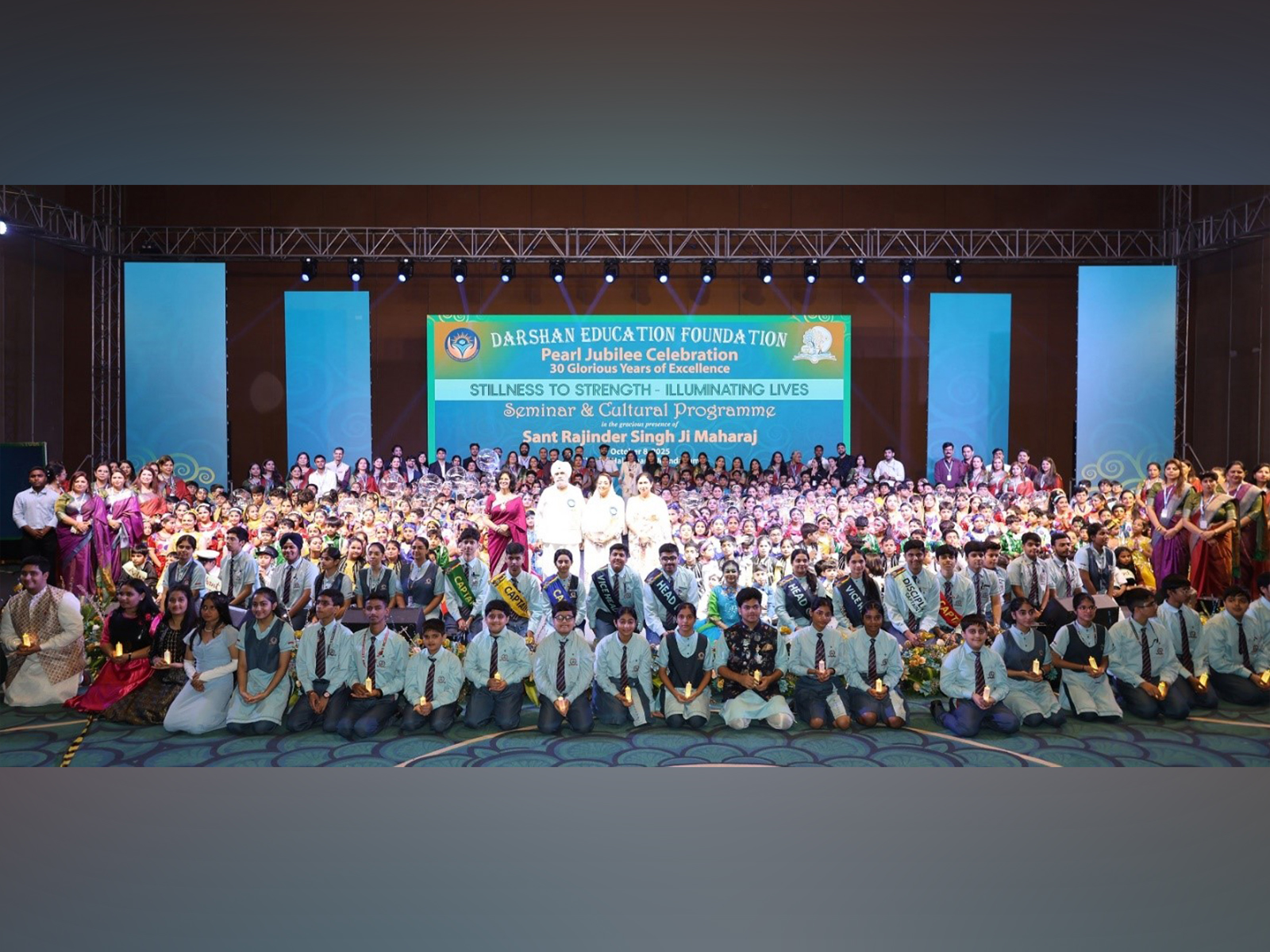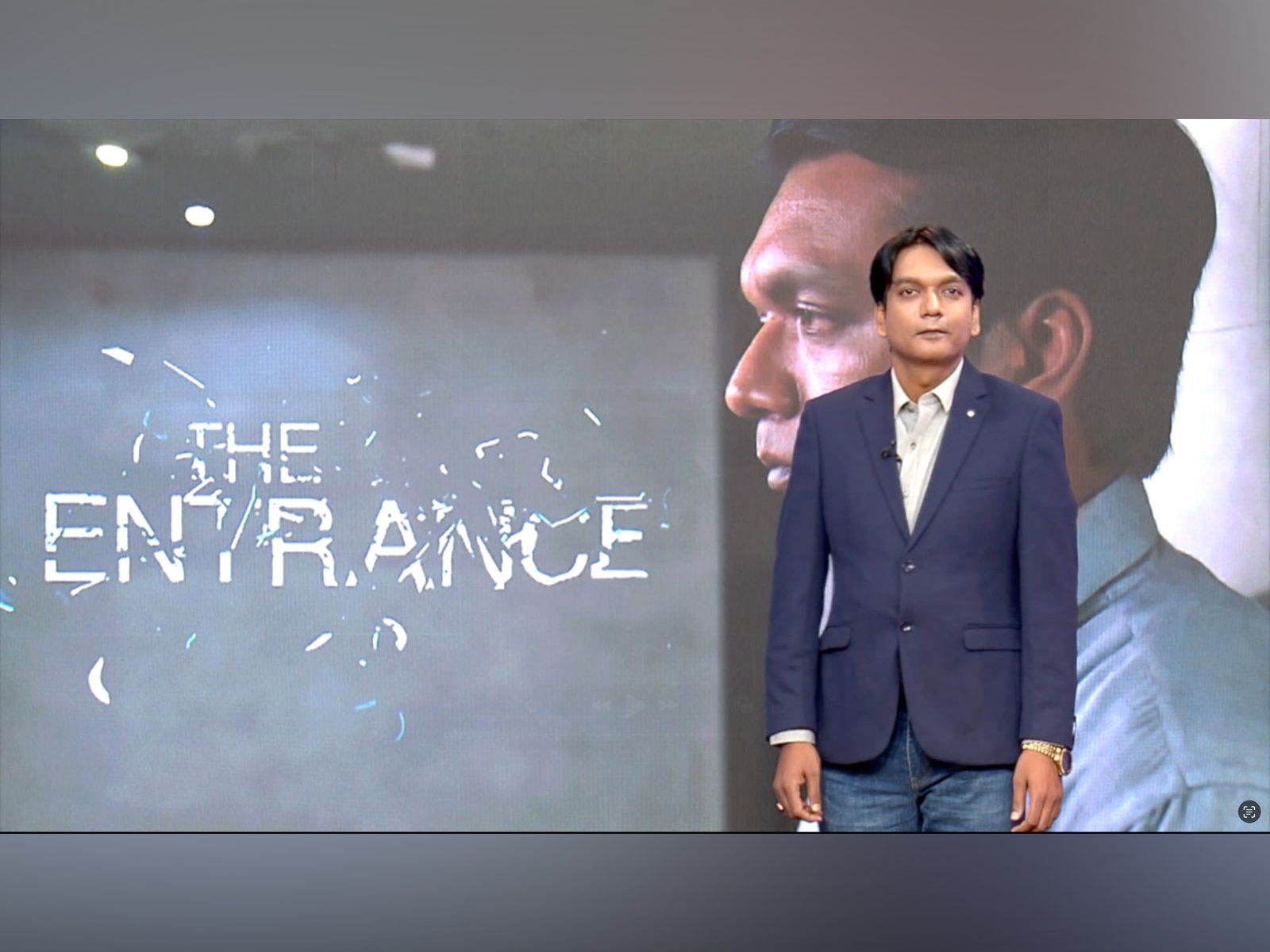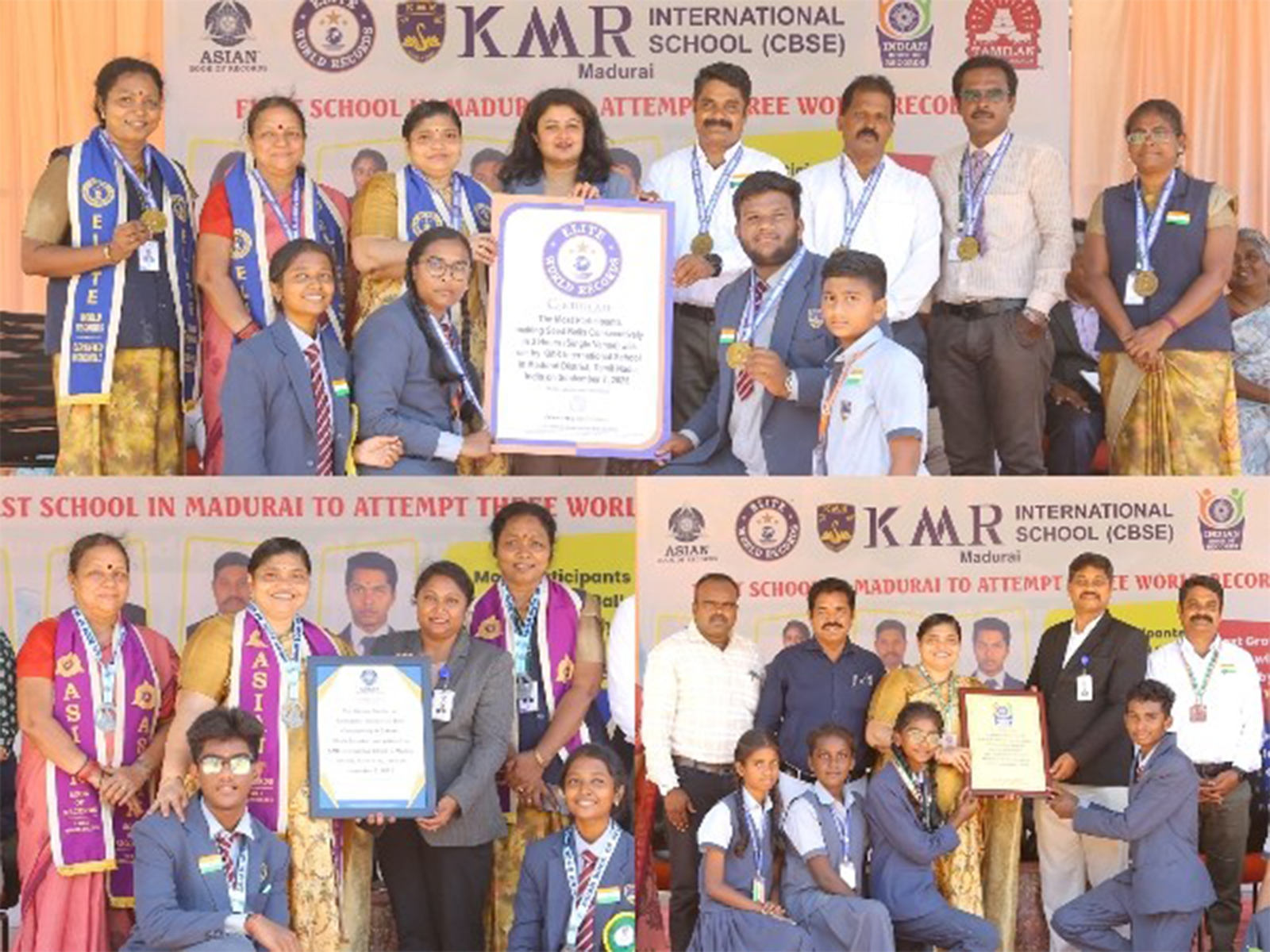England [UK], February 1 (ANI): Scientists have successfully engineered the most complicated human cell lines ever, indicating that our genomes are more tolerant to significant structural alterations than previously assumed.
Researchers from the Wellcome Sanger Institute, Imperial College London, and Harvard University in the US and their collaborators used CRISPR prime editing to create multiple versions of human genomes in cell lines, each with different structural changes. Using genome sequencing, they were able to analyse the genetic effects of these structural variations on cell survival.
The research shows that as long as essential genes remain intact, our genomes can tolerate significant structural changes, including large deletions of the genetic code. The work opens the door to studying and predicting the role of structural variation in disease.
Structural variation is a change in the structure of an organism’s genome, such as deletions, duplications and inversions of the genetic sequence. These structural changes to the genome can be significant, sometimes affecting hundreds to many thousands of nucleotides – the basic building blocks of DNA and RNA.
Structural variants are associated with developmental diseases and cancer. However, our ability to study the effects of structural variation in the genomes of mammals, and the role they play in disease, has been difficult due to the inability to engineer these genetic changes.
To overcome this challenge, Sanger Institute researchers and their collaborators set out to develop new approaches for creating and studying structural variation.
In a new study, the team used a combination of CRISPR prime editing1 and human cell lines2 – groups of human cells in a dish – to generate thousands of structural variants in human genomes within a single experiment.
To do this, researchers used prime editing to insert a recognition sequence into the genomes of the human cell lines to target with recombinase3 – an enzyme that enabled the team to ‘shuffle’ the genome.
By inserting these recombinase handles into repetitive sequences, which are hundreds and thousands of identical sequences in the genome, with a single prime editor they were able to integrate up to almost 1,700 recombinase recognition sites into each cell line.
This resulted in more than 100 random large-scale genetic structural changes per cell. This is the first time that it’s been possible to ‘shuffle’ a mammalian genome, especially at this scale.
The team then studied the impacts of the structural variation on the human cell lines. Using genomic sequencing, the team was able to take ‘snapshots’ of the human cells and their ‘shuffled’ genomes over the course of a few weeks, watching which cells survived and which died.
As expected, they found that when structural variation deleted essential genes, this was heavily selected against and the cells died. However, they found that groups of cells with large-scale deletions in the genomes that avoided essential genes, survived.
The team also conducted RNA sequencing of the human cell lines, which measures gene activity, known as gene expression. This revealed that large-scale deletions of the genetic code, especially in non-coding regions, did not seem to impact the gene expression of the rest of the cell.
The researchers suggest that human genomes are extremely tolerant of structural variation, including variants that change the position of hundreds of genes, as long as essential genes are not deleted. Plus, they query whether much of the non-coding DNA in human genomes is dispensable, but further research that engineers additional deletions in more cell lines is needed.
Researchers from the University of Washington had a similar goal of creating structural variants at large scale and studying their effects on the human genome. This team used a different approach, adding recombinase sites to transposons – mobile genetic elements – that randomly integrated in the genomes of human cell lines and mouse embryonic stem cells.
Using their method, they demonstrated that the effects of the induced structural variants can be read out using single-cell RNA sequencing. This advance paves the way for large screens of structural variant impact, potentially improving the classification of structural variants found in human genomes as benign or clinically significant.
Both studies came to similar conclusions that human genomes are surprisingly tolerant to some substantial structural changes, although the full extent of this tolerance remains to be explored in future studies enabled by these technologies.
Overall, this research presents the most engineered human cell lines to date. For the first time, researchers are able to create structural variants in human genomes, at large scales in a single experiment, and analyse the many random versions of our genomes.
This work will increase our understanding of the role of structure variants in disease, which may eventually lead to predictions being made around how damaging structural variants could be in an individual. This research also helps narrow the range of the genome for exploring structural variation that leads to disease, especially if non-coding DNA can be discounted.
Plus with this new tool, scientists can generate new, streamlined cell lines with evolved properties, such as being optimised for growth, studying drug resistance, or bioengineered to create medicines.
Dr Jonas Koeppel, co-first author previously at the Wellcome Sanger Institute, and now at the University of Washington, said, “If the genome was a book, you could think of a single nucleotide variant as a typo, whereas a structural variant is like ripping out a whole page. These structural variants are known to play roles in developmental diseases and cancer, but it has been difficult to study them experimentally.
Through creative and collaborative thinking, we’ve been able to do complex engineering in human cells that no-one has done before. By shuffling the genomes of human cell lines at large scale, we’ve shown that our genomes are flexible enough to tolerate significant structural changes. These tools will help focus future studies into structural variations and their roles in disease.”
Dr Raphael Ferreira, co-first author and a postdoctoral researcher in the Church Lab at Harvard Medical School, said: “Our studies were only made possible because the right mix of ingredients came together at the right time: the scale of genome sequencing, cutting-edge genome engineering, and the use of recombinases.
And importantly, the open and collaborative nature of our science across global borders. Our teams independently had similar ideas and came together to make these pioneering studies happen.”
Professor Tom Ellis, an author of the study and Associate Faculty at the Wellcome Sanger Institute, based at the Department of Bioengineering at Imperial College London, said: “Ten years ago, people thought it would take decades of work and hundreds of millions of dollars to engineer a rearrangeable human genome that scientists could use to study genome structure, but this work shows a way to make this possible right now. It’s exciting to think about what new biology we can learn from rearrangeable genomes and where this might go next.”
Dr Leopold Parts, co-lead author at the Wellcome Sanger Institute, said, “These studies represent a step change in the parallel creation and evaluation of structural variation in human genomes. The tools to create a single variant at a time had been available for decades, but we have demonstrated that interrogating variants and making randomised human genomes at scale is now doable. This gives new entry points both into the study of disease-associated variation, as well as opportunities for bioengineering.” (ANI)
Disclaimer: This story is auto-generated from a syndicated feed of ANI; only the image & headline may have been reworked by News Services Division of World News Network Inc Ltd and Palghar News and Pune News and World News
HINDI, MARATHI, GUJARATI, TAMIL, TELUGU, BENGALI, KANNADA, ORIYA, PUNJABI, URDU, MALAYALAM
For more details and packages
















